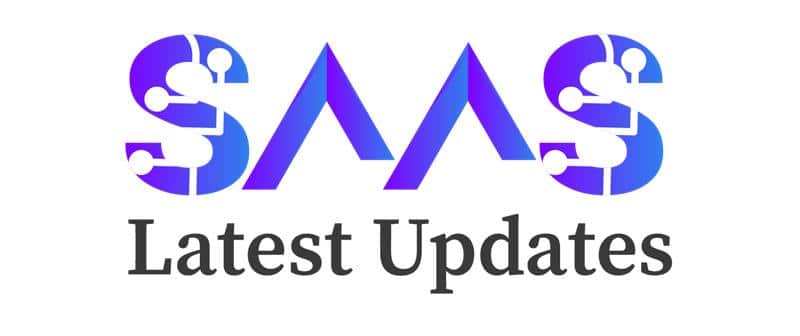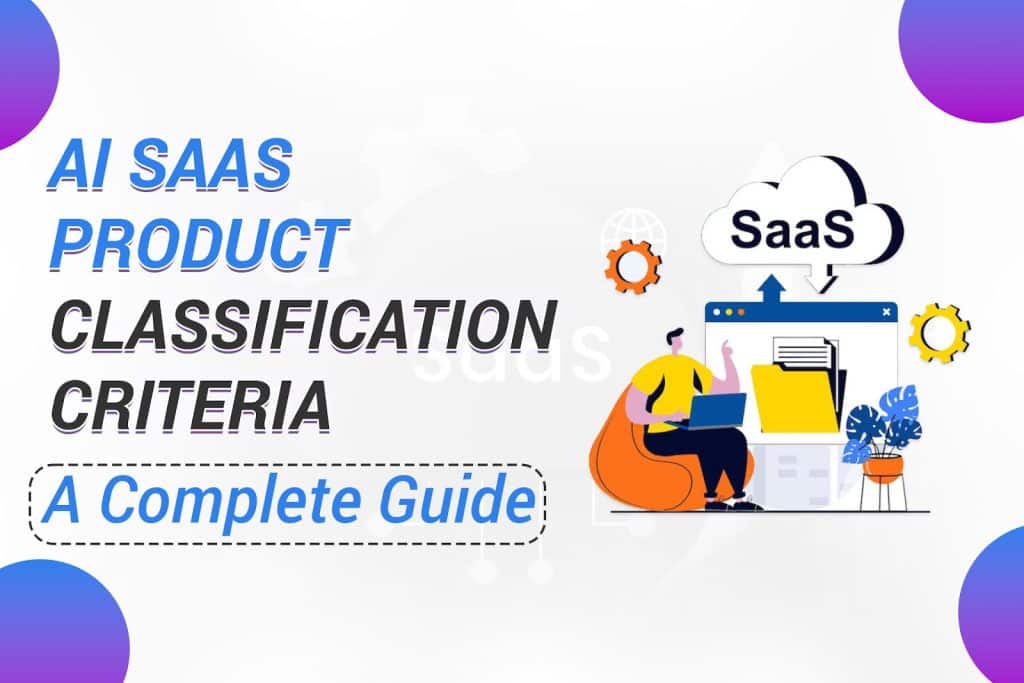Instead of being a futuristic concept, Artificial Intelligence has become a reality in the present times. It is becoming a driving force in all industries. One such industry is SaaS (software as a service). AI SaaS products are reshaping the businesses, user experience and decision-making.
As AI SaaS offerings grow, it is necessary to classify them based on clear criteria. This classification helps vendors better place the products. It is also helpful for customers to evaluate and select the software according to their needs.
In the blog, we delve deep into the AI SaaS product classification criteria. Explore different aspects that make and gain clarity on where a particular AI SaaS product fits in the ecosystem.
30-Second Summary
With the increase in AI integration, the SaaS industry has seen a rapid transformation. Every AI SaaS product has different capabilities. These capabilities result in AI SaaS product classification criteria.
What is it, and how to classify AI SaaS products in different categories? You will learn it in this blog. Moreover, you will find its benefits and challenges and real-world cases that became successful with this criterion.
Understanding AI SaaS
Before the AI SaaS product classification criteria, let’s see what AI SaaS is. SaaS refers to Software as a Service. It is a cloud-based system, which means that you can access it through the internet.
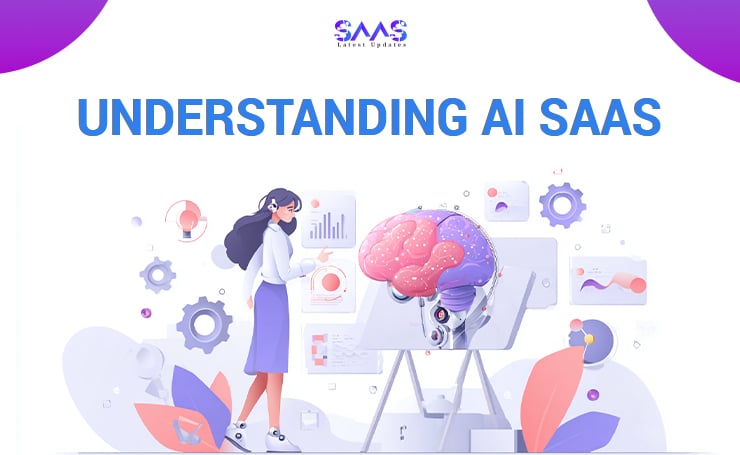
This system typically uses a subscription model. Unlike traditional software, you do not need to install it locally or use heavy infrastructure. AI SaaS takes this concept one notch up. It integrates AI into the SaaS system and enables it to learn, automate, predict and adapt.
Why AI SaaS Product Classification Criteria Matter?
The market of AI SaaS product classification criteria is changing rapidly. With clear and structured criteria, stakeholders can compare the products and choose the one that aligns with their business goals.
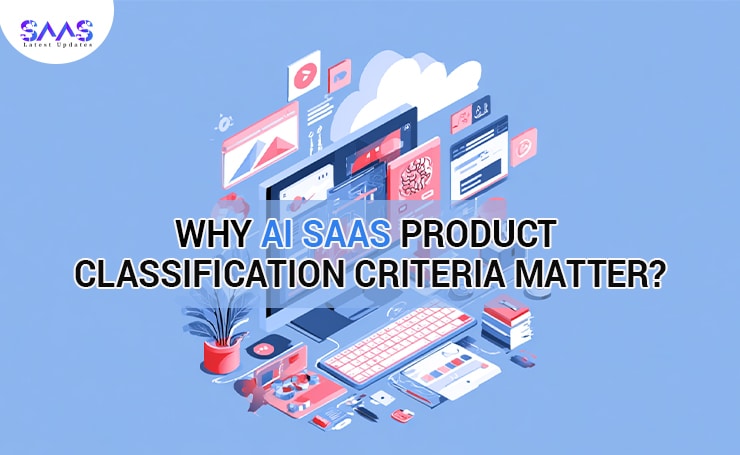
Here is why this classification is important:
Product Evaluation: It helps buyers understand which SaaS solution fits their preferences.
Market Segmentation: It allows vendors to target the right audience.
Risk Assessment: It helps businesses understand potential risks and ethical concerns.
Strategic Roadmapping: It provides clarity to enterprises, where they can align product capabilities with their goals.
Investment Analysis: It shows investors the products with solid market potential.
Key AI SaaS Product Classification Criteria
There are various dimensions to consider while classifying different AI SaaS products. Let’s discuss them in detail below.
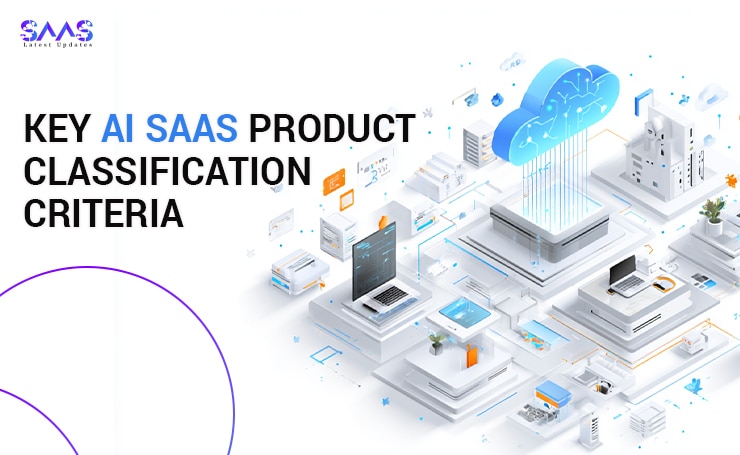
Deployment Model
The deployment method affects the AI SaaS product’s performance, scalability and integration capabilities.
Cloud-native vs On-premise: Cloud-based products provide flexibility and continuous updates. The on-premise software offers better control over data.
Multi-tenant Cloud: It is a shared infrastructure. It is easily scalable and is ideal for startups.
Single tenant Cloud: This model is more secure and customizable. It is mainly used in regulated sectors.
Edge AI SaaS: This model provides real-time inference on local devices. It is used in IoT and autonomous systems.
AI Maturity Levels: Two Ways to Classify
There are two AI SaaS product classification criteria when it comes to maturity: functional maturity (what AI does) and system maturity (how ready AI is).
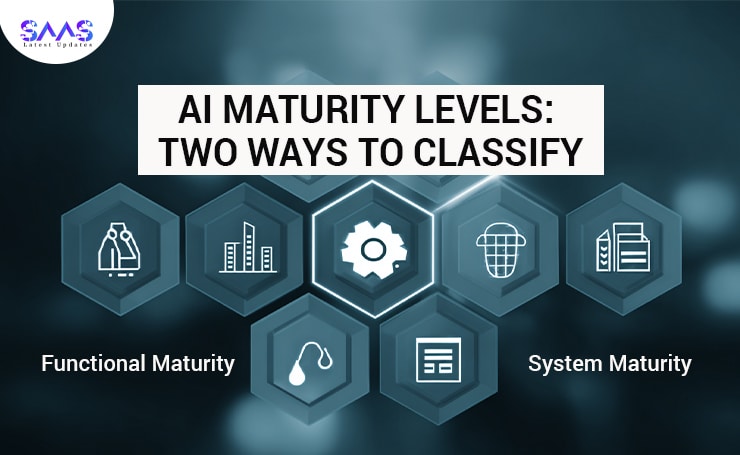
Functional Maturity
Descriptive: It is used for data collection and reporting.
Predictive AI: It uses old data to predict future outcomes.
Prescriptive AI: It recommends various actions to optimize results effectively.
Generative AI: It creates new content, including code and simulations etc.
System Maturity
Pre-Launch: The product is still in development but available for testers.
Beta Stage: The product’s functionality is limited and only available to closed beta testers.
Minimum Viable Product: The AI SaaS product becomes operational but lacks full features.
Completely Commercialized: At this stage, the product is sold actively and with full support and documentation.
Consistently Evolving: This stage refers to continuous updates, a clear roadmap and user engagement.
Industry Focus
For every industry, the AI SaaS product classification criteria are different.
Healthcare: It includes diagnostics, radiology AI, medical transcription and patient monitoring systems.
Retail and E-commerce: AI SaaS products help in customer behavior analysis, inventory demand prediction and dynamic pricing.
Finance: These products help in fraud detection, risk scoring and automated underwriting.
Marketing and Sales: It includes lead scoring, campaign optimization and automated copywriting.
LegalTech: You can use AI SaaS to review contracts and legal research using NLP.
Human Resource: AI SaaS is used for performance analysis, talent acquisition and employee sentiment analysis.
EdTech: It includes personalized learning paths for each student, plagiarism detection and automatic grading.
Manufacturing: It includes defect detection, robotic control systems and predictive maintenance.
Type of AI Technology
Not all AI SaaS product classification criteria are the same. It is important to see what type of AI technology is embedded.
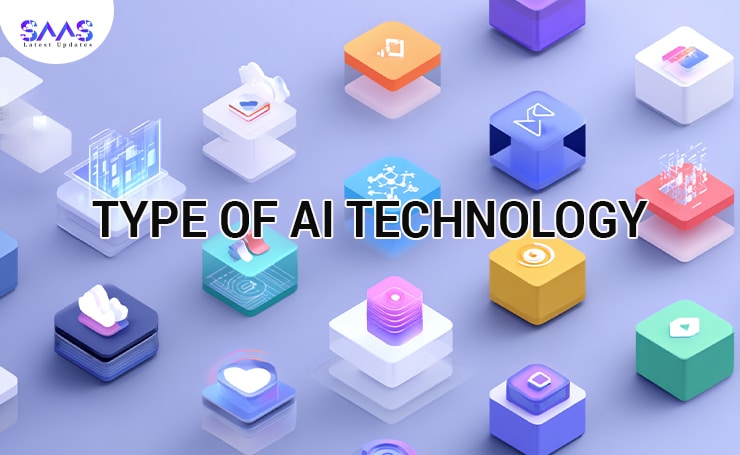
Machine Learning (ML): These AI SaaS products learn continuously from new and old data.
Computer Vision: This software interprets visual data.
Predictive Analytics: These statistical models are used for forecasting future behaviors and trends.
Natural Language Processing (NLP): These tools understand and generate human language.
Reinforcement Learning: These systems learn through trial and error. They are used in simulations and robotics.
Generative AI: These AI SaaS tools create new content using transformer models like GPT.
Hybrid AI Models: These models combine multiple AI techniques to enhance functionality and accuracy.
User Persona
AI SaaS product classification criteria also depend on who the end user is.
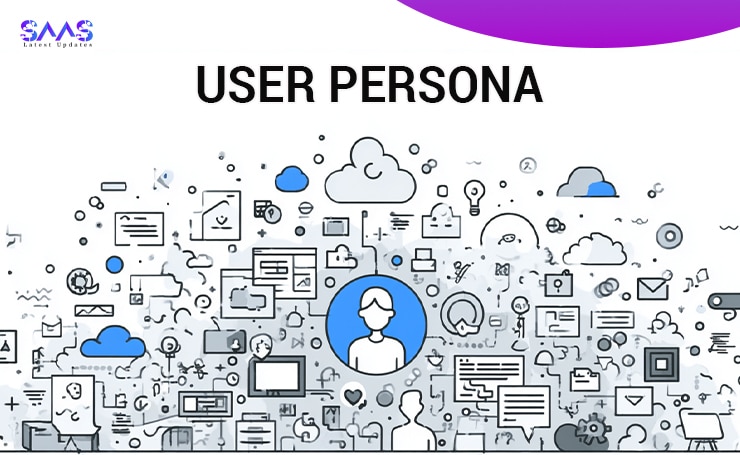
Enterprise-Level Solutions: These AI SaaS products are built for large corporations. They have compliance features, complex integrations and customizable modules.
SMB-Focused Solutions: These solutions are simple and affordable and built with self-service in mind.
Technical Users: Models for these users require API access, model customization and raw data visualization.
Non-Technical Users: These products are built with simple UI and are used for automated reports and data-driven decision making.
Developers: The features of such products include SDKs, API-first products and open documentation.
User Interaction with AI
These AI SaaS product classification criteria show how users interact with AI technology.

Black Box AI: This AI model makes decisions without showing its reasoning.
Explainable AI (XAI): This model lets users understand and audit outputs.
Fully Autonomous AI: These systems operate with minimal or no human interference.
Human-in-the-loop: These AI models suggest, but humans finalize all decisions.
Degree of AI Integration
Every SaaS tool depends on AI differently.
AI-native: In these models, AI is the core.
AI-augmented: These are traditional models, which are enhanced with AI features.
AI-optional: These models have AI features, but they are non-essential.
Model Training and Adaptation
These AI SaaS product classification criteria show how AI models are trained and enhanced.
Pretrained: These models are trained on public data sets and are generalized.
Continuous Learning: These models adapt and evolve over time with data input.
Custom: These AI SaaS models are trained on proprietary organizational data.
Fine-Tuned: These are pretrained models designed for specific industries.
On-device Learning: It keeps adapting in real-time according to local user interaction.
Federated Learning: This approach focuses on updating models without centralized data.
Advanced AI SaaS Product Classification Criteria
These advanced dimensions also play a crucial role in classifying AI SaaS products.
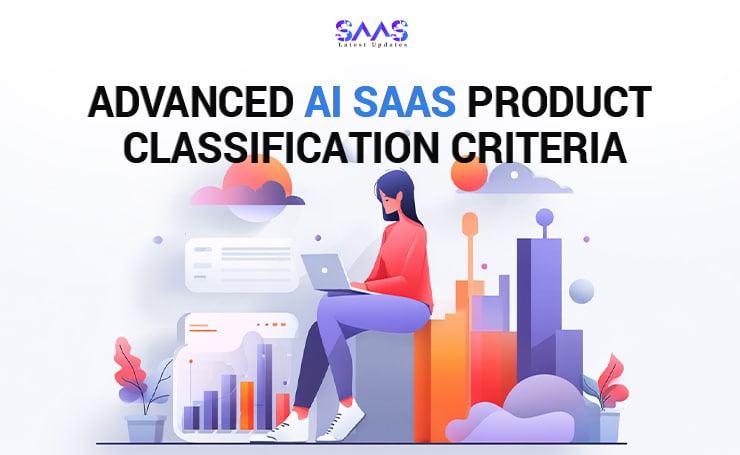
Explainability and Trustworthiness
Let’s see what these criteria are.
Explainability
It refers to the internal workings of AI models that humans can easily understand. This criterion allows humans to see how an AI model comes to a particular outcome.
It enables them to trust the system and identify any biases and errors. Explainable techniques usually use LIME and SHAP to get insights into the model’s workings.
Trustworthiness
The attributes that make an AI SaaS product reliable, safe and ethical contribute to the trustworthiness of the model.
A trustworthy AI system is necessary for its widespread adoption and acceptance by users. This trustworthiness is particularly important in critical applications.
Compliance and Ethical Considerations
Ethical considerations and data compliance are non-negotiable when it comes to AI models. Compliance with HIPAA, SOC 2 and GDPR is also a necessary part of AI SaaS product classification criteria.
Privacy-first Solution: These AI solutions emphasize user anonymity, explainable AI and data minimization.
Regulatory-compliant Model: The features in these SaaS solutions are compliant with local and international laws.
Bias-aware and Transparent Solution: These models have transparency tools that show how AI is making decisions and detect algorithmic bias.
Governance Transparency: According to this criterion, a model should disclose its training data sources, have bias mitigation techniques and update logs and visual control regularly.
AI Model Dependency
AI models rely heavily on data. Their process of analyzing, storing and learning from data affects their classification.
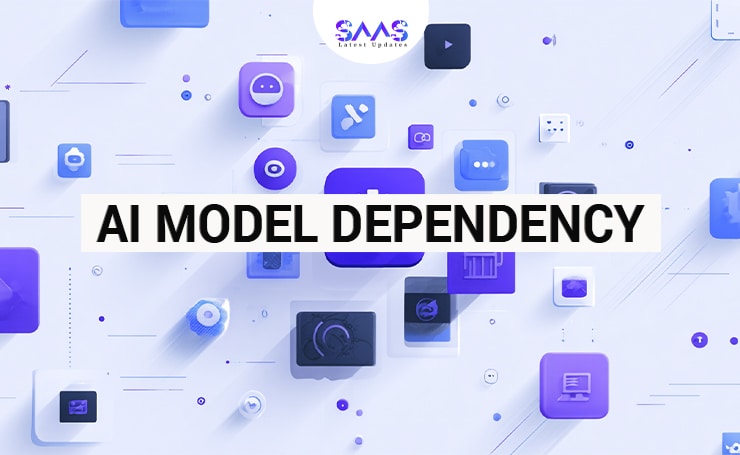
Batch Processing: These AI SaaS products are trained on static data. They are used in scheduled cycles.
Real-time Processing: These models evaluate data instantly (for instance, fraud detection).
Cloud-Based Data Integration: These SaaS solutions seamlessly integrate with other sources, such as ERPs, CRMs and external APIs.
Synthetic Data Dependency: These tools are trained using artificial data. They are mostly used in sensitive industries, such as healthcare.
On-premise Data Access: For security reasons, the data doesn’t leave the organization.
Benefits of AI SaaS Product Classification Criteria
Proper classification of AI SaaS products allows you to:
- Align products with your goals
- Control procurement and integration risks
- Improve regulatory awareness
- Evaluate market positioning
- Improve vendor transparency and accountability
- Make user adoption and internal training easy
Challenges in AI SaaS Product Classification Criteria
Despite having a myriad of benefits, classifying AI SaaS products comes with challenges.
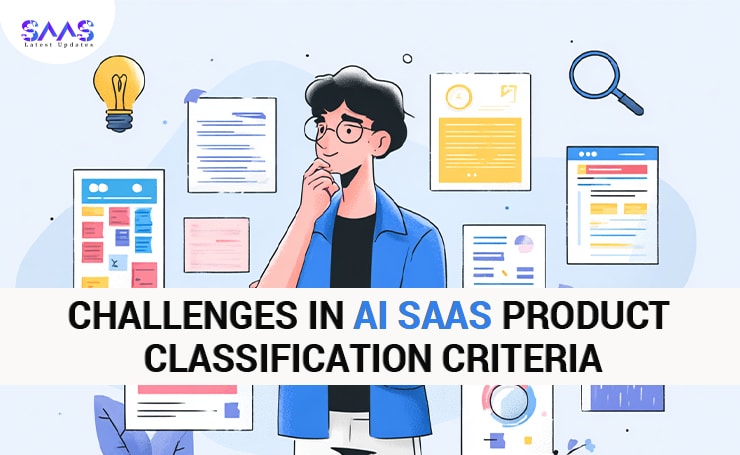
Unclear Boundaries: There are many products with multiple functions, or they are serving different industries. It makes it hard to categorize them.
Fast Evolution: Frequent reevaluation is necessary as AI models, their deployment process and user needs are changing rapidly.
Marketing Overlap: Some vendors exaggerate the capabilities of their AI products. It can lead to confusion in classification or a mismatch in the buyer’s expectations.
To overcome these challenges effectively, having a rigorous evaluation system is necessary that includes tagging and multi-dimensional indexing.
Creating your own AI SaaS Product Classification Criteria
Below is a step-by-step process of creating your own classification criteria for AI SaaS solutions.
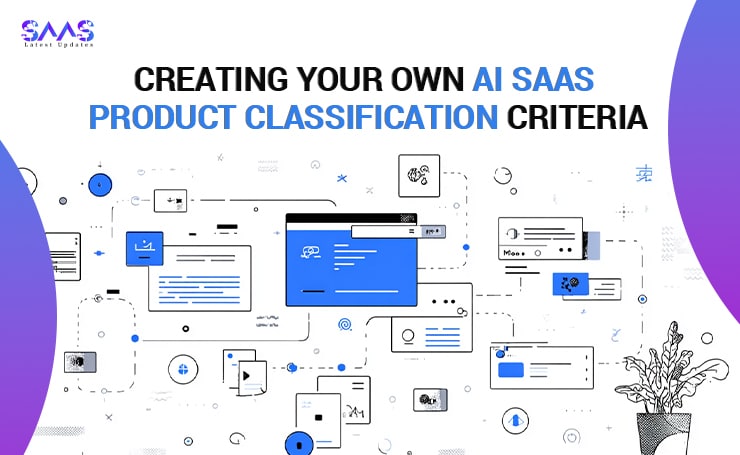
Identify Your Target Industry
Before selecting an AI SaaS model, ask yourself which industry you work in and what specific problem you want to solve.
This step is necessary because every industry has different regulations, data and challenges. For example, if you are in the healthcare industry, a tool for eCommerce will not suit you.
Clearly document your use case. It ensures that you do not end up with a generic tool instead of a domain-specific one.
Determine the Necessary Deployment Model
There are various deployment models when it comes to AI SaaS products. These models include cloud-based, on-premise, hybrid and edge-based.
Each deployment model has a different role in the AI SaaS product classification criteria. Make sure to consider future scalability and regulatory restrictions before finalizing the product.
Evaluate the Required AI Maturity Level
All AI SaaS tools have different “intelligence.” You need to consider the maturity level according to your business preferences.
Sometimes you do not need the most advanced AI tool. Some businesses just need a predictive model instead of a generative one. It all comes down to your business’s needs and budgets.
See the maturity level of the AI SaaS tool and compare it with the complexity of the problem you are facing.
Check for Explainability and Compliance Features
Another criterion you should follow is checking the product’s ability to explain how it makes a decision, compliance with data regulations and transparency in data handling.
It is important because businesses in regulated industries will not trust black box models. Additionally, users trust AI tools that explain everything.
You should always choose an AI SaaS product that has model dashboards, can audit logs and comes with human-in-the-loop options.
Assess Scalability and Integration Needs
Ask yourself the following questions before choosing the product:
- Can the model you are choosing handle large volumes of users, data and transactions?
- Can you integrate it with your existing software?
- Is it flexible when it comes to adding new features?
As your business grows, you will need a tool that supports scalability. Smooth integration is also necessary as it reduces cost and time during deployment.
Check the tool for open APIs, SDKs and documentation. These features make integration easy.
Real-world Cases
Many companies have clear AI SaaS product classification criteria. They define their target audience, have specific AI capabilities and choose an appropriate deployment method.
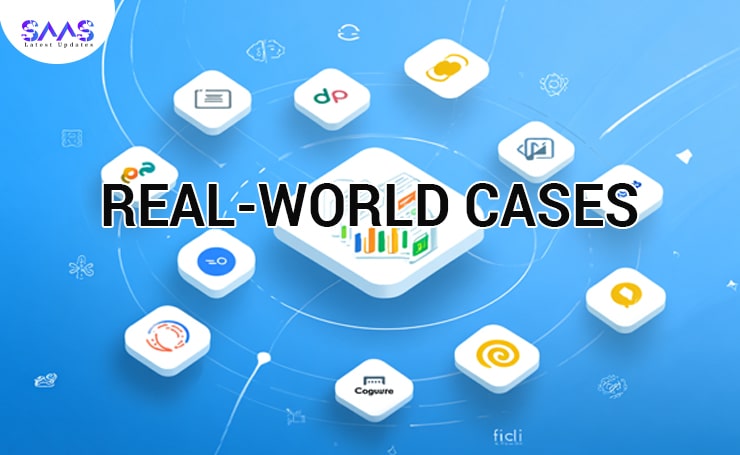
Some of those companies are:
Grammarly
The core functionality of Grammarly is based on generative and predictive NLP. It provides real-time suggestions for grammar, tone and style.
It also supports human-in-the-loop corrections. Now, it has become a famous writing assistant for businesses and consumers.
Salesforce Einstein
Salesforce Einstein supports CRM workflows and predictive and prescriptive analytics. It has a hybrid deployment model.
Einstein has deep AI augmentation. This approach made it a strong differentiator for CRM adoption.
Coupa
Coupa uses prescriptive AI for spend management. It also uses generative AI for transaction assistance in real-time.
It has high compliance certifications and uses hybrid deployments. It became an AI-powered spend intelligence leader from a procurement SaaS product.
C3.ai
It uses predictive and generative AI with model orchestration. It offers industry-specific solutions, including finance, energy and telecom.
It became a leading AI platform for powering industry-tailored and scalable AI applications.
Moveworks
Moveworks employs a conversational AI model that helps users automate helpdesk requests. This AI model has natural language understanding and multi-tenant SaaS.
High automation and trusted AI in enterprise environments led to Moveworks’ $2.1 B valuation and its acquisition by ServiceNow.
Leena AI
Leena AI is an HR-domain-specific model based on NLP. It has strong explanability. The human-in-the-loop feedback results in continuous learning.
Right now, millions of users across different enterprises use Leena AI. It was also recognized by Gartner’s Emerging Market Leader quadrant in 2025.
Final Thoughts
AI is getting integrated into every industry, including SaaS. AI SaaS products are everywhere, providing multiple solutions to users.
With so many products, categorizing them has become necessary. This blog outlines the AI SaaS product classification criteria. It focuses on categorizing AI SaaS solutions on the basis of their capabilities, maturity levels, industry focus and user experience.
This blog also shows you how to create your own classification criteria and explores some real-world examples. For more SaaS-related information, explore The Latest SaaS Updates.
FAQs
What is an AI SaaS product?
An AI SaaS product is a cloud-hosted model. It is powered by AI, such as computer vision, natural language processing and machine learning. It is used to automate tasks, provide important insights and enhance user experience.
Why is it Important to classify AI SaaS products?
The AI SaaS product classification criteria help stakeholders identify the strengths and limitations of the AI SaaS solution. They get a better idea of which to select based on their business needs.
What is the key AI SaaS product classification criteria?
Key classification criteria include deployment method, user persona, model training, maturity levels and model dependency.
What is the difference between a general and industry-specific AI SaaS model?
A general AI SaaS model has broader applications across various domains. Whereas an industry-specific one only caters to one industry, such as finance or healthcare.
Can a Single AI SaaS product fall into multiple categories?
Yes, one AI SaaS product can span multiple categories. This classification is based on features, user base and use cases. The classification criteria are flexible and multi-dimensional rather than rigidly hierarchical.
